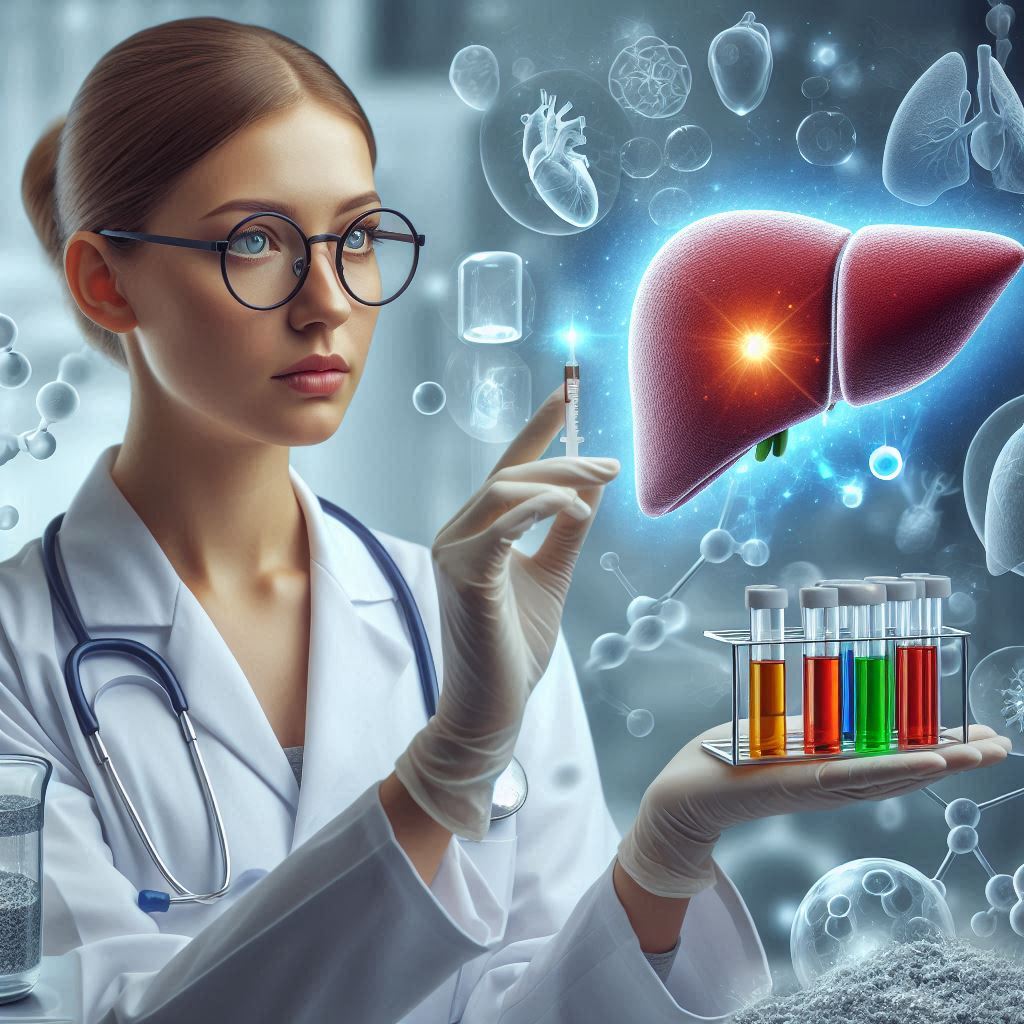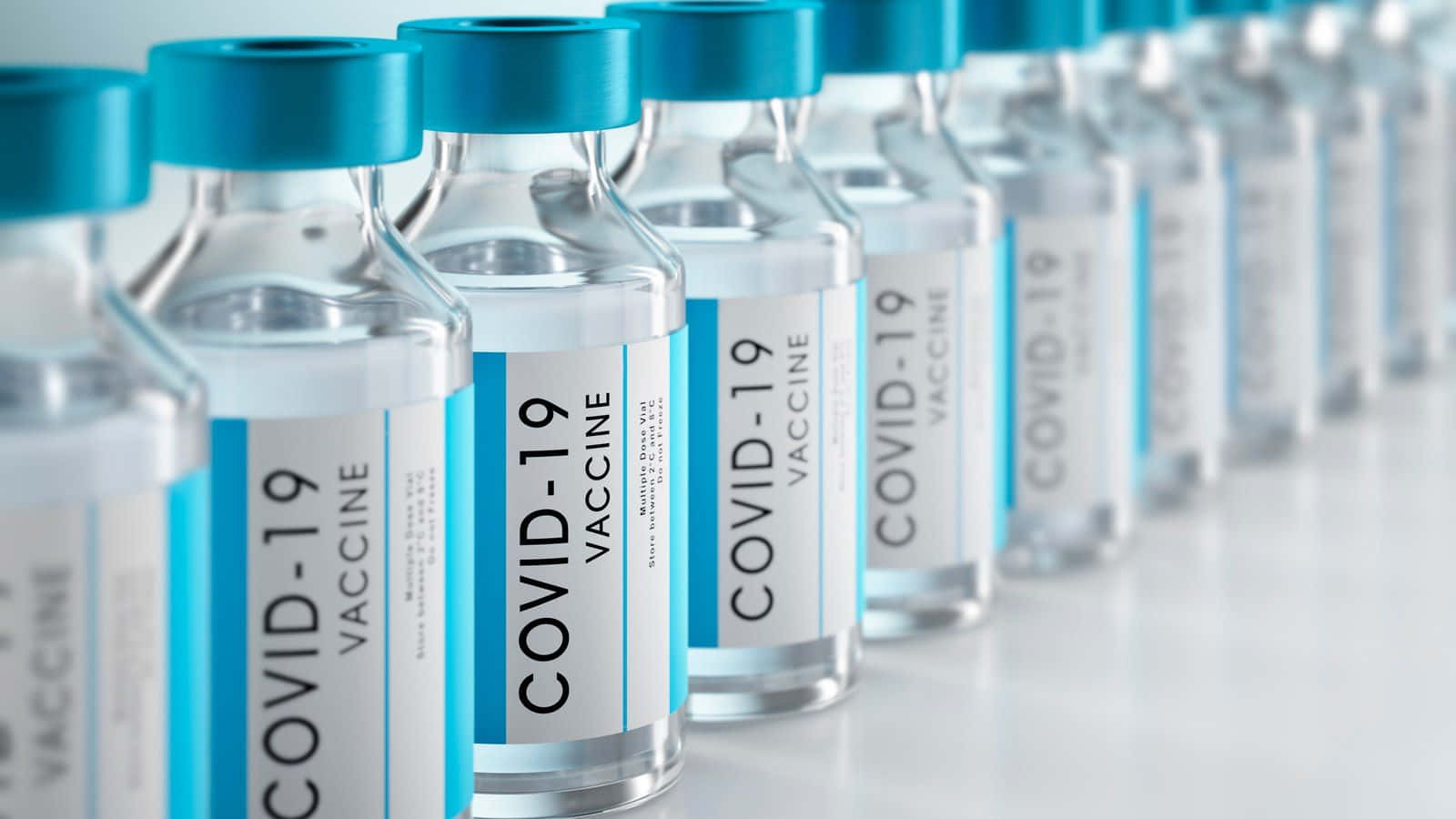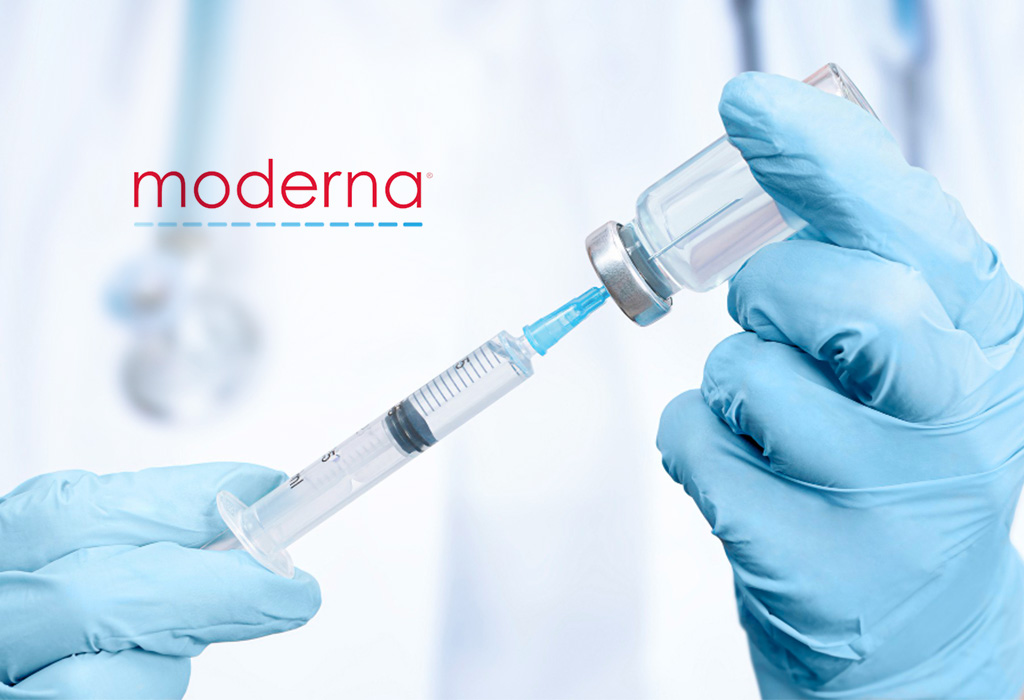In a groundbreaking advancement in medical science, five children born deaf in China can now hear after receiving gene therapy in both ears. This follows the success of earlier treatments in just one ear. The therapy provided these children with a functional copy of a mutated gene, significantly improving their ability to hear.
The Journey to Sound
The treatment, conducted by a team led by Zheng-Yi Chen at the Mass Eye and Ear hospital in Boston, has shown promising results. Six months post-treatment, the children’s hearing ranged between 50 to 60 percent of normal levels. Chen expressed optimism about the outcomes, stating, “When we whisper, they have a difficult time, but normal conversation is fine. We’re very happy.”
The trial initially began in 2022 with a different group of six children receiving the therapy in only one ear. Five of these children experienced significant hearing improvement in the treated ear and continue to show progress. The team anticipates further hearing gains in the recently treated group of five children. “What we see now is not the peak of the improvement,” Chen remarked. “We expect it to improve further.”
Global Impact
This trial in China is part of a broader series of studies occurring worldwide. In the UK, two children and in the US, one child, have also gained hearing in one ear after similar gene therapy treatments. According to Manohar Bance from the University of Cambridge, who treated the UK children, “The trials are all broadly similar.”
The Genetic Cause
The children in these trials were born deaf due to mutations in both copies of the gene responsible for the protein otoferlin. This protein is crucial for the synapses that link the hair cells in the ear, which detect sound, to the nerves that transmit these signals to the brain. Mutations in the otoferlin gene prevent these signals from being transmitted, resulting in deafness. This condition, known as DFNB9, affects between 2 and 8 percent of children born deaf worldwide.
Parents of children with DFNB9 generally have normal hearing if each parent has only one mutated copy of the otoferlin gene. Such couples often remain unaware that they have a 1 in 4 chance of having a child born deaf.
The Therapy
The gene therapy involves using a virus called AAV to deliver a working version of the otoferlin gene to the hair cells in the ear. Due to the large size of the otoferlin gene, it must be split into two separate viruses. Once injected into the inner ear, the gene reassembles inside the cells that receive both halves. This dual AAV gene therapy represents a significant technological advancement and is the first of its kind used to treat people.“This is a big technological advancement,” Chen stated. “We expect to see very broad use of the technology for treating other genetic diseases.”
Future Prospects and Considerations
The trials started by treating one ear at a time to minimize the required dose of AAV and reduce the risk of adverse events. Fortunately, no serious adverse events have been reported in any of the trials. Chen’s team plans to treat the other ear of the children in the first group, despite potential challenges from the immune response to the initial AAV injection.
While treating other forms of inherited deafness may be more complex due to the degeneration of ear structures, Chen remains hopeful. “With DFNB9, all the structures remain intact. We just need to fix one component,” he explained.
Ethical and Social Considerations
Martin McLean from the UK’s National Deaf Children’s Society emphasized that some people do not view deafness as a condition needing a cure. The society advocates for families to make informed decisions based on their circumstances. “Parents or young people should be made aware of any risks, and above all understand that being deaf is not a barrier in itself to a happy and fulfilled life,” McLean said.
Conclusion
The success of these gene therapy trials marks a significant milestone in the treatment of genetic deafness. As research progresses and technology advances, the potential for treating other genetic conditions becomes increasingly promising, offering hope to many families worldwide.
Join us at the Cryogenic Logistics World Asia 2024 on 10th – 11th September 2024, where leaders and pioneers from the R&D, Manufacturing, and Logistics sectors in the Vaccines, ADCs, RNA Therapeutics, and Cell & Gene Therapy industries across the APAC region will come together. Gain valuable insights into quality assurance, regulatory compliance, and advances in cryogenic processes, tackling real-time temperature challenges and exploring groundbreaking improvements in cold chain transport. Don’t miss this opportunity to connect with industry experts and drive innovation in cryogenic logistics. Find out more at https://imapac.com/events/cell-and-gene-therapy-asia/





